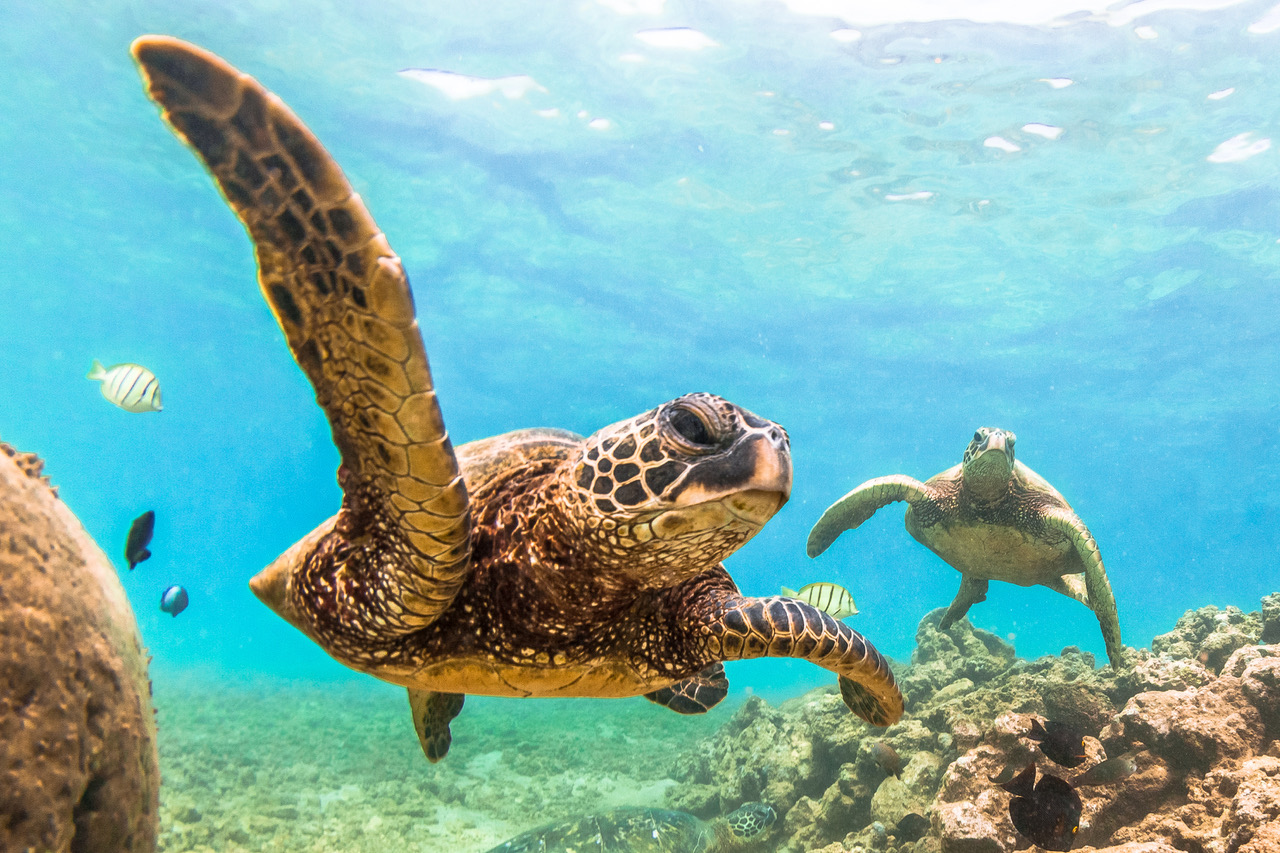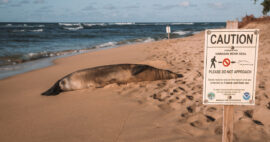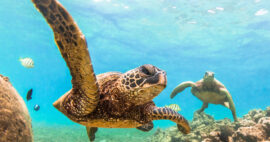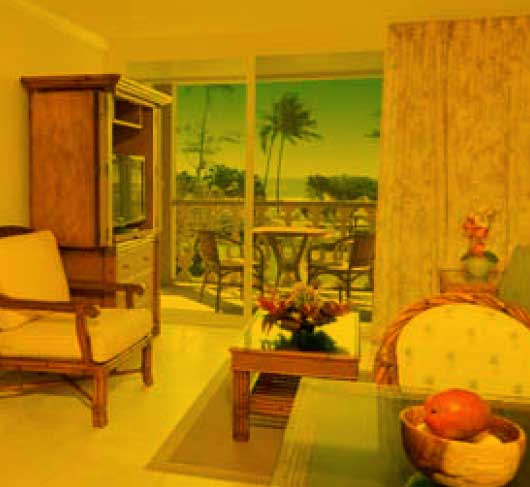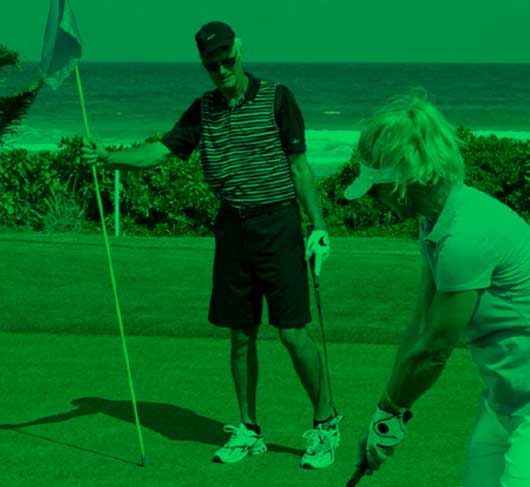Endangered Species Sightings On the East Side
Our visitors may encounter several endangered species while enjoying beaches and parks on the Royal Coconut Coast. Taking pictures is no problem. Getting too close is. Approaching an endangered animal threatens them and can alter the animal’s behavior. The standard rule is to stay at least 10 feet away whether they’re resting on the beach or swimming. Our parks may offer a look at certain birds who are also on the endangered list.
Hawaiian Monk Seal: The Hawaiian monk seal is one of the most endangered seal species in the world and endemic to the Hawaiian islands, occurring nowhere else. These seals are protected under the Endangered Species Act, the Marine Mammal Protection Act, and Hawaii State law. Seals haul out onto our beaches to sleep after a night of foraging for food in our waters. Keep your distance, walk as far around them as you can. Do not approach. Use your zoom if you want a photo. Source and photo, NOAA Fisheries
Giant Green Sea Turtle: The green sea turtle is the largest hard-shelled sea turtle. They are unique among sea turtles in that they are herbivores, eating mostly seagrass and algae. This diet is what gives their fat a greenish color (not their shells), which is where their name comes from. This amazing animal often swims near our shorelines, and can be seen basking in the sun on our beaches. Green sea turtles are the only sea turtles recorded basking and Hawaii is the only place in the world where green sea turtles bask on shore regularly. Source and photo, NOAA Fisheries
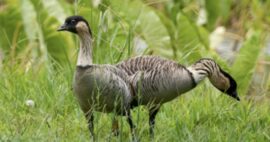 Nene Goose: This proud goose is Hawaii’s state bird. It has a black head and bill, buff cheeks, a buff neck with dark furrows, and partially webbed black feet. The reduction of webbing between their toes and upright posture allows walking more easily particularly on lava. Its calls are similar to Canadian geese but they also give a low tone “nay” or “nay-nay” call. Once practically extinct, the population has been increased over the last 60 years through federal, state and non-government organization management; enough to down-list the Nene from endangered to threatened. Nene frequent scrubland, grassland, golf courses, sparsely vegetated slopes and, on Kauai, open lowland country. They are especially vulnerable to predators during nesting season from August through April. Source and photo: Pacific Islands Fish and Wildlife
Nene Goose: This proud goose is Hawaii’s state bird. It has a black head and bill, buff cheeks, a buff neck with dark furrows, and partially webbed black feet. The reduction of webbing between their toes and upright posture allows walking more easily particularly on lava. Its calls are similar to Canadian geese but they also give a low tone “nay” or “nay-nay” call. Once practically extinct, the population has been increased over the last 60 years through federal, state and non-government organization management; enough to down-list the Nene from endangered to threatened. Nene frequent scrubland, grassland, golf courses, sparsely vegetated slopes and, on Kauai, open lowland country. They are especially vulnerable to predators during nesting season from August through April. Source and photo: Pacific Islands Fish and Wildlife
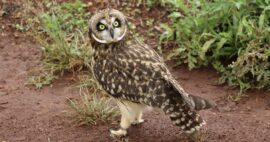 Pueo (Hawaiian short eared owl): Endemic to Hawaii and on the endangered species list, the Pueo is distinguished by its yellow eyes, round face and dark brown streaking on its feathers. It’s a smaller owl as compared to the more common and larger barn owl, an introduced species with lighter feathers. The Hawaiian culture has great reverence for the Pueo as it is one of the more famous of the various physical forms assumed by ʻaumākua (ancestor spirits). Pueo inhabit forests and grasslands. Photo, Hawaii Department of Land and Natural Resources
Pueo (Hawaiian short eared owl): Endemic to Hawaii and on the endangered species list, the Pueo is distinguished by its yellow eyes, round face and dark brown streaking on its feathers. It’s a smaller owl as compared to the more common and larger barn owl, an introduced species with lighter feathers. The Hawaiian culture has great reverence for the Pueo as it is one of the more famous of the various physical forms assumed by ʻaumākua (ancestor spirits). Pueo inhabit forests and grasslands. Photo, Hawaii Department of Land and Natural Resources

